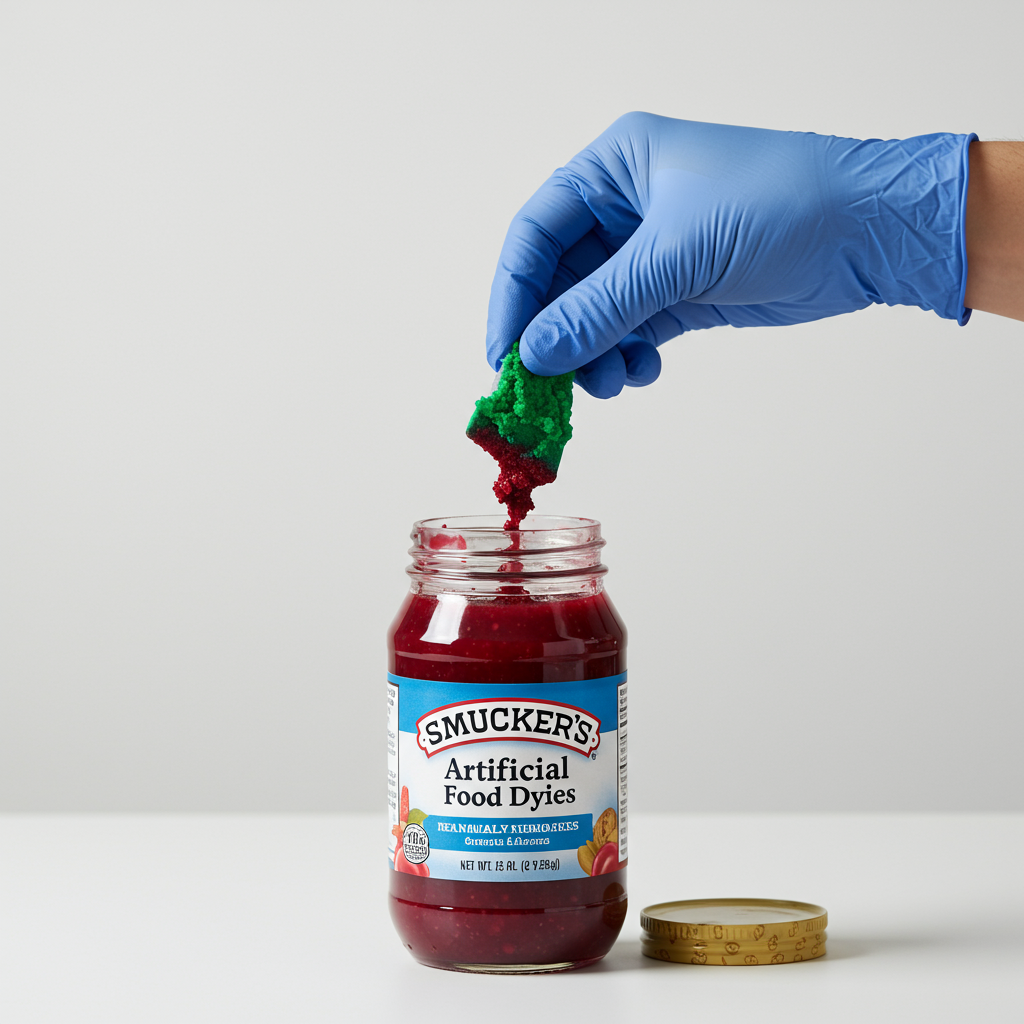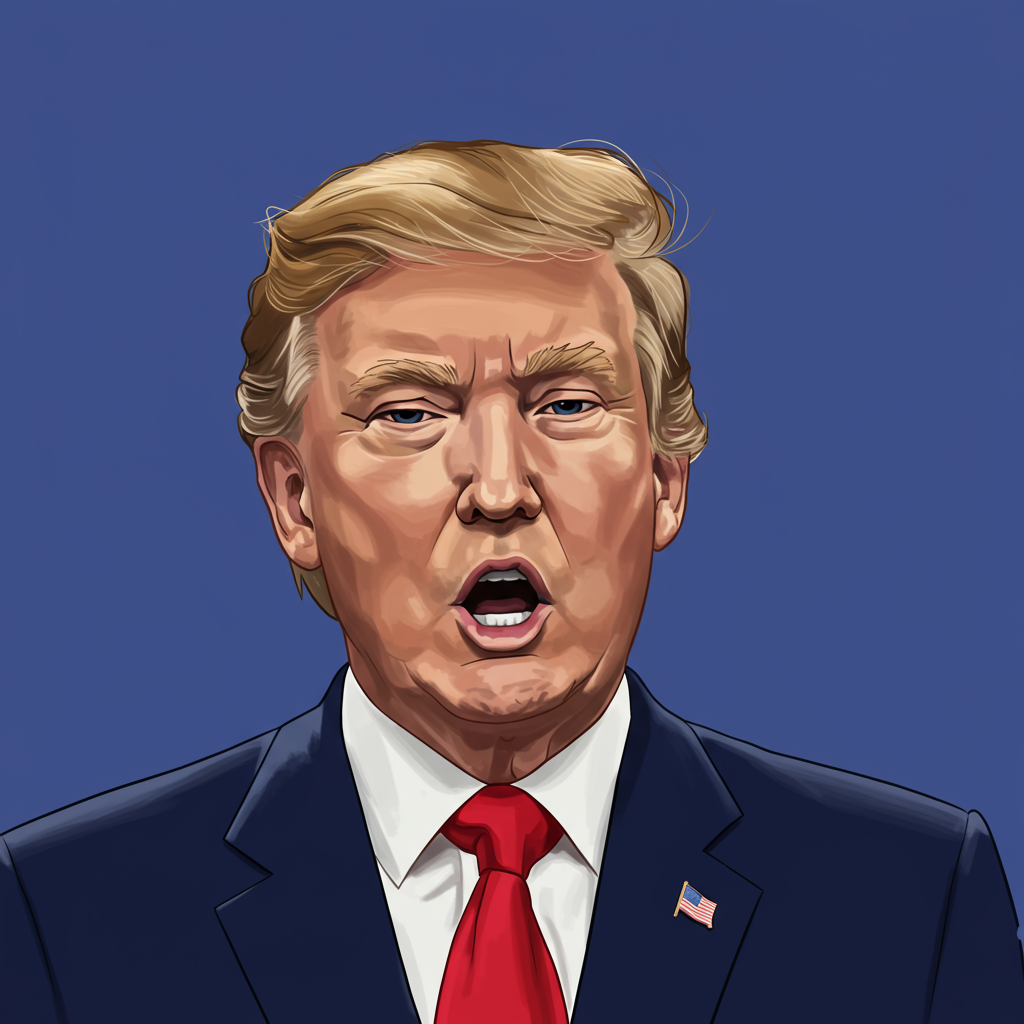In a significant move reflecting evolving consumer preferences and regulatory pressures, The J.M. Smucker Co. has announced plans to eliminate FD&C artificial colors from certain popular product lines by the end of 2027. This decision positions Smucker alongside a growing number of major food manufacturers actively working to remove synthetic dyes from the nation’s food supply. The initiative aligns with broader government efforts aimed at enhancing transparency and safety in food ingredients.
The Smucker Commitment: What’s Changing?
J.M. Smucker, a company known for brands like Folgers, Jif, and Uncrustables, confirmed its commitment to phase out specific artificial dyes over the next few years. While the company states that most of its current consumer food portfolio already avoids FD&C colors, the new pledge specifically targets products where these dyes are still used.
The primary categories affected by this change include:
Certain sugar-free fruit spreads
Selected ice cream toppings
Specific items within the recently acquired Hostess brand portfolio
This strategic shift extends beyond general consumer sales. Smucker is also collaborating with its distribution partners serving primary and secondary schools. The goal is to ensure that by the 2026-2027 school year, no products containing FD&C colors are sold to K-12 educational institutions through these channels. This emphasizes a particular focus on ingredients provided to children.
CEO Mark Smucker articulated the company’s rationale, stating that removing FD&C colors is “the latest example of our desire to evolve and our ability to continue to innovate to deliver on the expectations of our consumers.” This suggests the move is a direct response to consumer demand for simpler, more natural-sounding ingredients. The company has a history of such reformulations, including removing high-fructose corn syrup from Uncrustables sandwiches and introducing fruit spreads with natural source ingredients and reduced sugar options.
Why Companies Are Removing Artificial Dyes
The move by Smucker and others isn’t happening in a vacuum. It’s part of a larger trend driven by several factors:
Growing Consumer Preference for “Clean Labels”
Today’s shoppers are increasingly scrutinizing ingredient lists. Many consumers actively seek products free from artificial colors, flavors, and preservatives, often referred to as “clean labels.” Food manufacturers are responding to this demand to remain competitive and build consumer trust. Companies recognize that aligning with these preferences is essential for future growth and brand loyalty.
Regulatory and Government Push
Government bodies and health officials are also increasing scrutiny on food additives. The Food and Drug Administration (FDA) has announced plans to strengthen its review process for existing food chemicals to improve transparency and ensure safety. Health and Human Services Secretary Robert F. Kennedy Jr. has been a vocal advocate for removing petroleum-based synthetic dyes from food, stating they offer no nutritional value and raising concerns about potential impacts, particularly on children’s health and development. An initiative led by Kennedy and the FDA in April 2025 specifically urged the voluntary removal of six synthetic dyes by 2027, which appears to have spurred recent industry commitments.
The Growing Movement: Other Food Giants Join In
Smucker’s announcement follows a wave of similar commitments from other major players in the food industry. This indicates a collective shift rather than isolated company actions.
In the weeks preceding Smucker’s announcement, several other prominent food companies declared their intentions to eliminate artificial dyes:
Kraft Heinz: Committed to removing all artificial dyes from its U.S. portfolio by the end of 2027.
General Mills: Pledged to remove artificial colors from its U.S. products, including cereals and snacks, with a target completion by early 2026 for some items.
Nestlé: Aims to remove color additives by mid-2026 from its products.
Conagra Brands: Plans to eliminate them from its frozen goods by the end of 2025.
PepsiCo: While not a full portfolio commitment in the same vein, the company’s CEO has indicated ongoing efforts to reduce artificial ingredients.
McCormick: Has been working with food manufacturers to reformulate products to remove ingredients like food dyes.
This collective action highlights the significant momentum building within the industry towards simplifying ingredient lists and removing synthetic colors. It suggests that the voluntary approach encouraged by health officials is gaining traction.
Regulatory Landscape: FDA and Government Push
Artificial colors used in food, drugs, and cosmetics are known as FD&C colors. They undergo a strict approval process managed by the FDA under the Federal Food, Drug, and Cosmetic Act (FD&C Act). Despite this existing regulation, the FDA is seeking to enhance its oversight.
Earlier in 2025, the FDA revealed plans for a more robust review process for food chemicals already in the marketplace. This initiative aims to ensure ongoing safety assessments keep pace with scientific understanding and consumer expectations regarding food ingredients.
Health and Human Services Secretary Robert F. Kennedy Jr. has been a key figure advocating for the removal of specific artificial dyes. He has publicly stated concerns that consumers may have been unknowingly consuming “petroleum-based chemicals” that lack nutritional benefits and potentially pose “real, measurable dangers to our children’s health and development.”
Working with the FDA, Kennedy announced an initiative in April 2025 aimed at phasing out all petroleum-based synthetic dyes from the food supply. While acknowledging the need for industry cooperation, he noted that the industry had “voluntarily agreed” to support this goal.
The dyes specifically targeted for elimination by 2027, as part of the joint FDA/HHS effort with industry cooperation, include:
FD&C Green No. 3
FD&C Red No. 40
FD&C Yellow No. 5
FD&C Yellow No. 6
FD&C Blue No. 1
- FD&C Blue No. 2
- www.foxbusiness.com
- www.fooddive.com
- www.just-food.com
Separately, earlier in January 2025, the FDA took a more definitive action by revoking the authorization for the use of Red No. 3 (also known as erythrosine) in food and ingested drugs. This ban was based on concerns raised by studies that had shown Red No. 3 caused cancer in laboratory animals. While the broader 2027 target for other dyes is presented as a voluntary industry initiative supported by the FDA/HHS, the Red No. 3 ban was a regulatory revocation of approval.
The Science Behind the Concern
The push to remove artificial dyes is often linked to consumer and regulatory concerns about their potential health effects, particularly in children. While the regulatory process requires safety testing before approval, ongoing research and increasing public awareness have fueled demand for alternatives.
As cited by Health and Human Services Secretary Robert F. Kennedy Jr., one primary argument against these dyes is that they serve purely cosmetic purposes – making food look brighter or more appealing – without adding any nutritional value. The concern that some of these compounds are “petroleum-based” adds to consumer apprehension regarding their synthetic nature.
Specific concerns have been raised about potential links between artificial food dyes and hyperactivity in children, although the scientific consensus on this topic is complex and has evolved over time. The regulatory ban on Red No. 3, specifically citing cancer findings in animal studies, underscores that regulatory bodies evaluate potential long-term health risks when assessing these additives. The current industry movement, spurred by regulatory encouragement, reflects a proactive approach to address these concerns and align with perceived consumer safety expectations.
Impact on Consumers and Schools
For the average shopper, the removal of artificial colors from Smucker’s sugar-free fruit spreads, ice cream toppings, and specific Hostess products means that finding versions of these favorites without synthetic dyes will become standard rather than an alternative option. This simplifies purchasing decisions for consumers prioritizing ingredient transparency.
The focus on removing FD&C colors from products sold to K-12 schools by the 2026-2027 school year is particularly impactful. It signifies an effort to offer children food items with fewer synthetic additives within the school environment. Given the debates surrounding the potential effects of dyes on children, this step by a major food supplier is likely to be welcomed by parents, educators, and health advocates focused on school nutrition programs.
Looking Ahead: The Future of Food Ingredients
The actions taken by J.M. Smucker and other leading food manufacturers signal a significant shift in the packaged food landscape. The trend towards removing artificial colors, flavors, and preservatives is expected to continue, driven by persistent consumer demand for cleaner labels and potential future regulatory changes.
Companies are increasingly investing in reformulating products using colors derived from natural sources like fruits, vegetables, and spices. This transition can present technical challenges in maintaining color stability and vibrancy, but manufacturers are demonstrating a willingness to overcome these hurdles to meet market expectations. The collective commitments underscore that simplifying ingredient lists is becoming a baseline expectation for major food brands, reshaping how popular snacks and pantry staples are made.
Frequently Asked Questions
Which specific J.M. Smucker products are getting artificial colors removed?
J.M. Smucker is specifically targeting sugar-free fruit spreads, ice cream toppings, and certain products within its Hostess brand portfolio for artificial color removal. While most Smucker products already lack these dyes, these are the main categories where changes will occur.
When will J.M. Smucker products be free of artificial colors?
J.M. Smucker plans to complete the removal of FD&C artificial dyes from the specified consumer products by the end of 2027. Additionally, the company is working to ensure that products containing these colors are removed from K-12 school distribution channels by the 2026-2027 school year.
Why are major food companies like Smucker removing artificial dyes?
Major food companies like Smucker are removing artificial dyes primarily due to growing consumer demand for “clean labels” and ingredients perceived as more natural. This trend is further encouraged by regulatory initiatives from bodies like the FDA and health officials, who have expressed concerns about the lack of nutritional value and potential health implications of synthetic dyes. The industry wide movement is a response to both market pressures and government urging.
The commitment by J.M. Smucker to remove artificial colors reflects the ongoing transformation within the food industry. Driven by consumer demand, regulatory initiatives, and a focus on health and transparency, companies are actively reformulating popular products. This trend, mirrored by actions from other major food giants, is reshaping ingredient standards and promising a future where synthetic dyes are less common in the foods we consume. Consumers can anticipate seeing more products without FD&C colors on shelves, aligning with a broader movement towards simpler, more natural ingredient lists.




